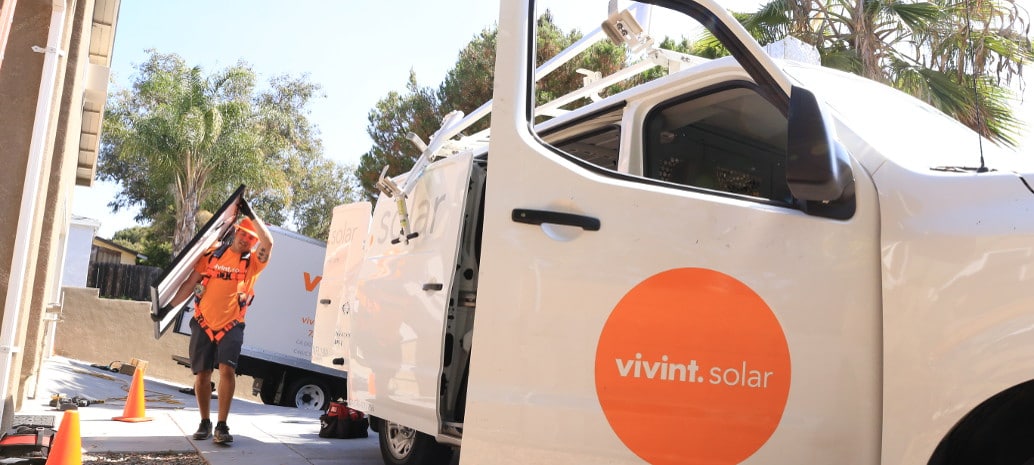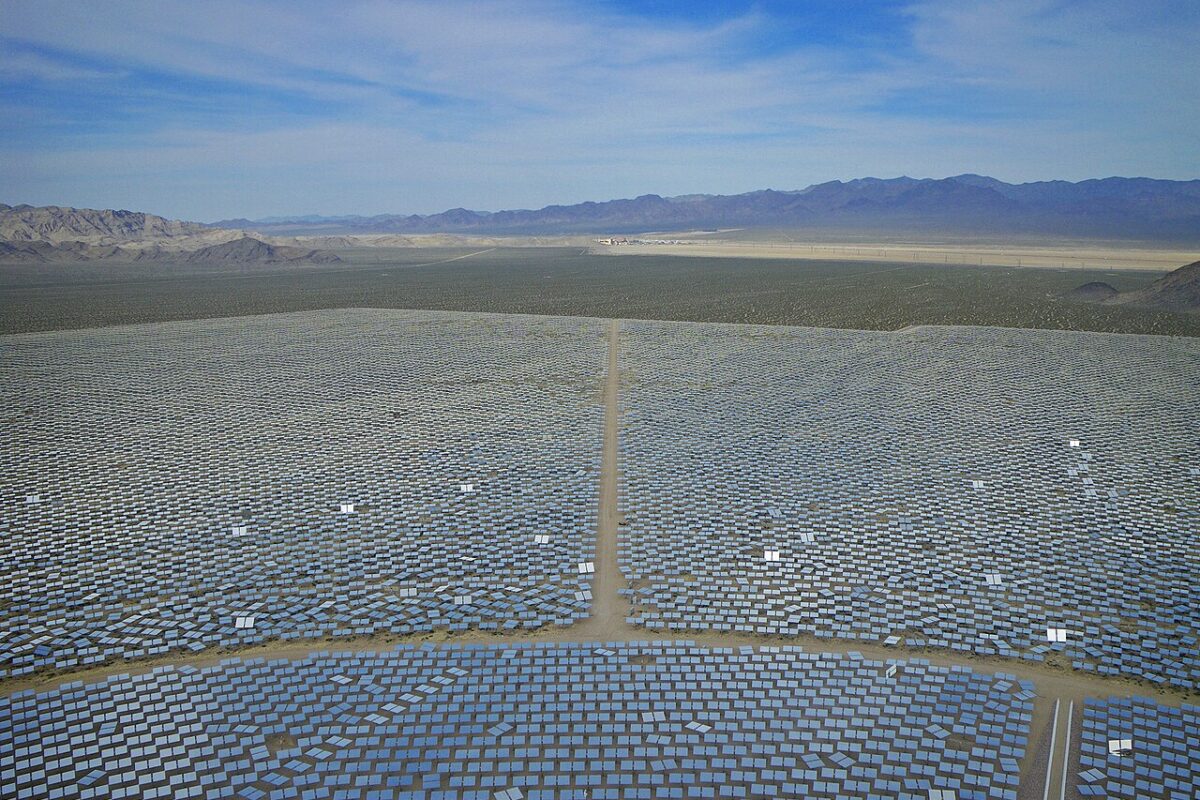While SunEdison finally abandoned its botched acquisition of Vivint Solar in March, eight months later Vivint is still rebuilding its business, including its capital structure.
Vivint Solar’s Q3 results showed progress in that regard as well as improvement in raw financials. Vivint increased revenues 84% to $42.3 million on the back of expanded direct sales while reducing operating losses by 39% to $33.3 million, with a net loss of $39.3 million.
The results of third-party solar providers like Vivint Solar cannot be judged against the results of traditional installers or manufacturers. The company installed 59 MW during the third quarter, a 3% fall from Q3 2015, which brought it to 634 MW of cumulative installations. This brought Vivint to $2.43 billion of estimated contract payments remaining, and net retained value of $649 million after debt is accounted for.
On its quarterly results call, Vivint stated that the negative year-over-year growth that the company is experiencing is the result of its depleted capital position in the wake of the failed SunEdison acquisition.
And while the company reported raising $200 million in tax equity investments yesterday, this came a too late for the company’s Q3 business. Vivint Solar Chief Financial Officer Dana Russell notes that while the company knew that it would be able to raise tax equity funds, “we were not certain of the exact timing or the specific conditions of the tax equity funds”, which slowed its installation schedule.
In addition to the new tax equity financing, at the end of Q3 Vivint Solar had $226 million in undrawn capacity in an aggregation facility and $100 million in a subordinated holdco credit facility. When all these sources of financing are considered, Vivint Solar CEO David Bywater says that the company now has the largest runway of financing that it has had since it went public.
In addition to raising money, Vivint reduced its installation cost to the lowest level it has seen to date at $2.85 per watt. This represented a $0.49 per watt decline in only two quarters, with both installation and sales and marketing costs falling significantly. This is a competitive price for a third-party solar company, however Sunrun and SolarCity have not reported results and costs for the third quarter yet.
Vivint also reported positive results from a pilot project in collaboration with Vivint Smart Home, reporting that among 2,000 qualified Smart Home customers over 30% expressed an interest in going solar. Vivint CEO Bywater says that he expects this collaboration and specifically the large salesforce of Vivint Smart Home to be a major asset to the company in coming quarters.
Vivint also expects more direct sales in future quarters, including in Florida where it has recently established a presence. And although the company only booked 59 MW during Q3, Bywater says that he sees the momentum returning to the company.
This content is protected by copyright and may not be reused. If you want to cooperate with us and would like to reuse some of our content, please contact: editors@pv-magazine.com.









By submitting this form you agree to pv magazine using your data for the purposes of publishing your comment.
Your personal data will only be disclosed or otherwise transmitted to third parties for the purposes of spam filtering or if this is necessary for technical maintenance of the website. Any other transfer to third parties will not take place unless this is justified on the basis of applicable data protection regulations or if pv magazine is legally obliged to do so.
You may revoke this consent at any time with effect for the future, in which case your personal data will be deleted immediately. Otherwise, your data will be deleted if pv magazine has processed your request or the purpose of data storage is fulfilled.
Further information on data privacy can be found in our Data Protection Policy.